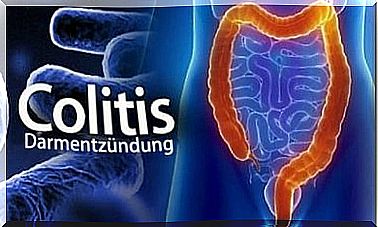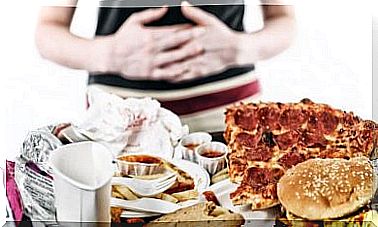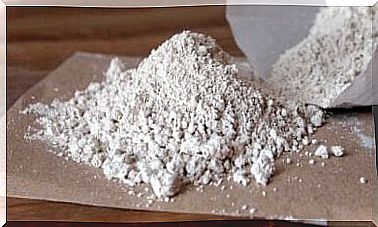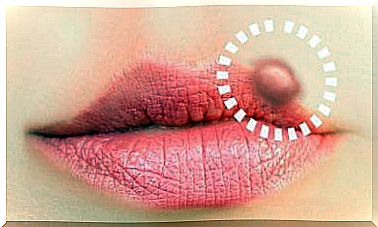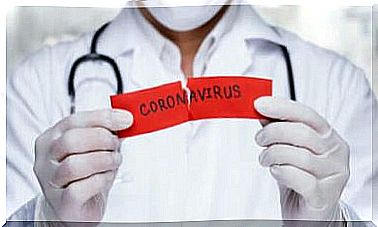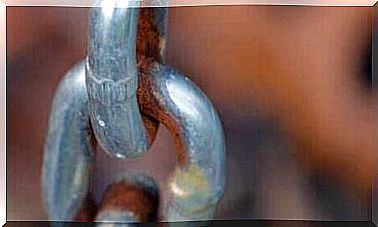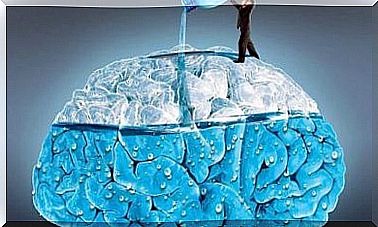Shaking Trauma: Causes And Symptoms
If an infant cries continuously, it can lead parents to despair. But under no circumstances should you try to remedy the situation by shaking the baby. Because that can lead to a highly dangerous shaking trauma. It is important to learn to remain calm in such cases. Otherwise tragic consequences can quickly arise.
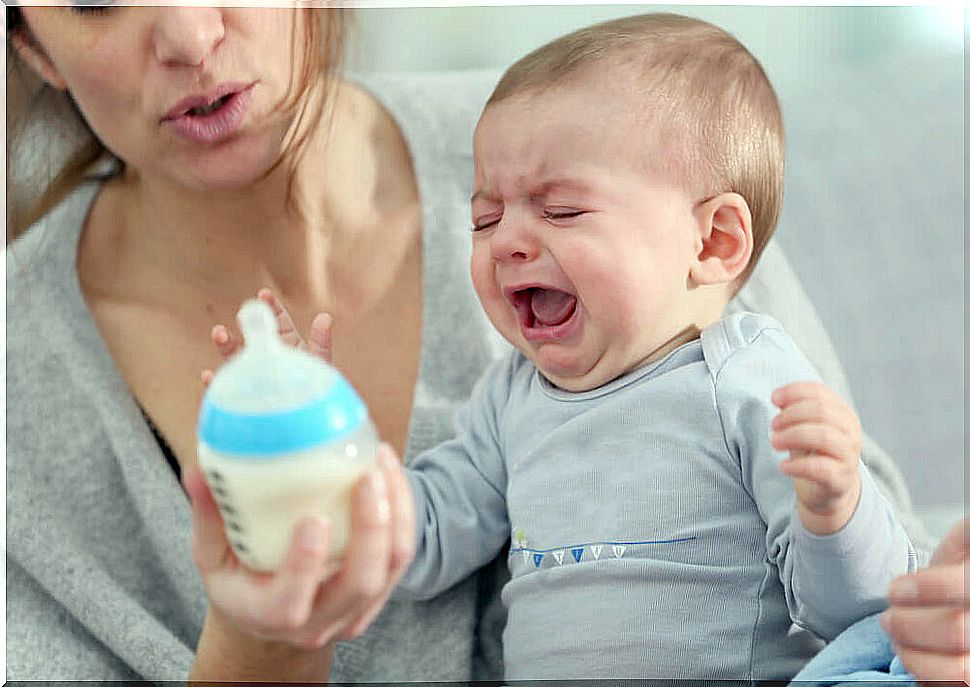
In a Shaken is the result of child abuse. It is a serious brain injury in the infant, caused primarily by vigorous shaking.
Babies who are just a few months old are particularly at risk. But small children up to the age of three and four years can also suffer from shaking trauma.
The shaking damages the brain cells. And it prevents the child’s brain from getting enough oxygen. It can also lead to bleeding, bruises and irreparable brain damage. Or the shaking can even lead to the death of the baby.
Symptoms vary depending on the region of the brain affected. They are often associated with diffuse axonal craniocerebral trauma.
That is, with a brain injury, the extent of which is not exactly apparent. In some cases, symptoms can be seen clearly after a short time. But they can also appear much later and have long-term consequences.
But how does shaking trauma come about? And how can you prevent it?
In fact, many hardly know anything about it. That’s why we want to give you some information about this below: What are the main causes? What warning symptoms are there? And of course you will also find recommendations on how you can prevent a shaking trauma from occurring in the first place.
Causes of a shaking trauma
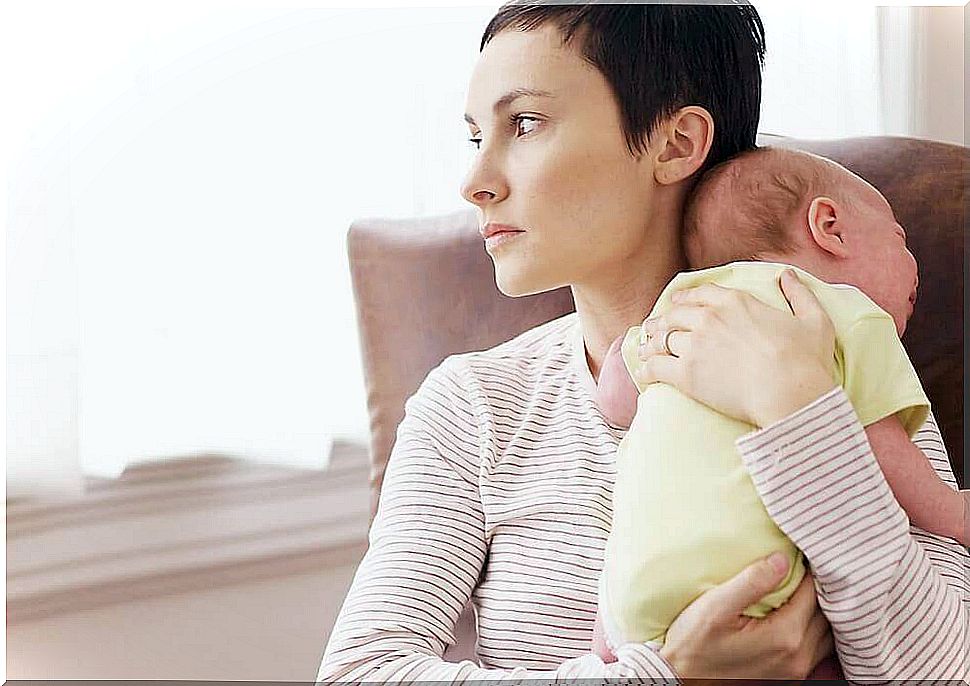
The trigger for a shaking trauma is the violent shaking of the baby. This shaking causes injuries to the brain.
The sudden and jerky movements of the baby’s still very vulnerable brain can lead to swelling, bruising and bleeding. And this in turn leads to injuries that can be fatal.
This usually happens when a parent or carer shakes the baby violently because the baby is constantly crying or screaming.
This violent reaction can be spontaneous and unplanned. But it can also be wanted and intended. Below is a brief overview of the factors that can influence such violent acts against the infant.
Risk factors
- Parents and caregivers have unrealistic expectations of babies in general.
- The parents are very young. Or it is a single parent.
- The supervisors are under constant stress.
- Domestic violence is also a risk factor.
- Likewise alcohol and drug abuse.
- A generally unstable family situation is also one of the risk factors.
Symptoms of a shaking trauma
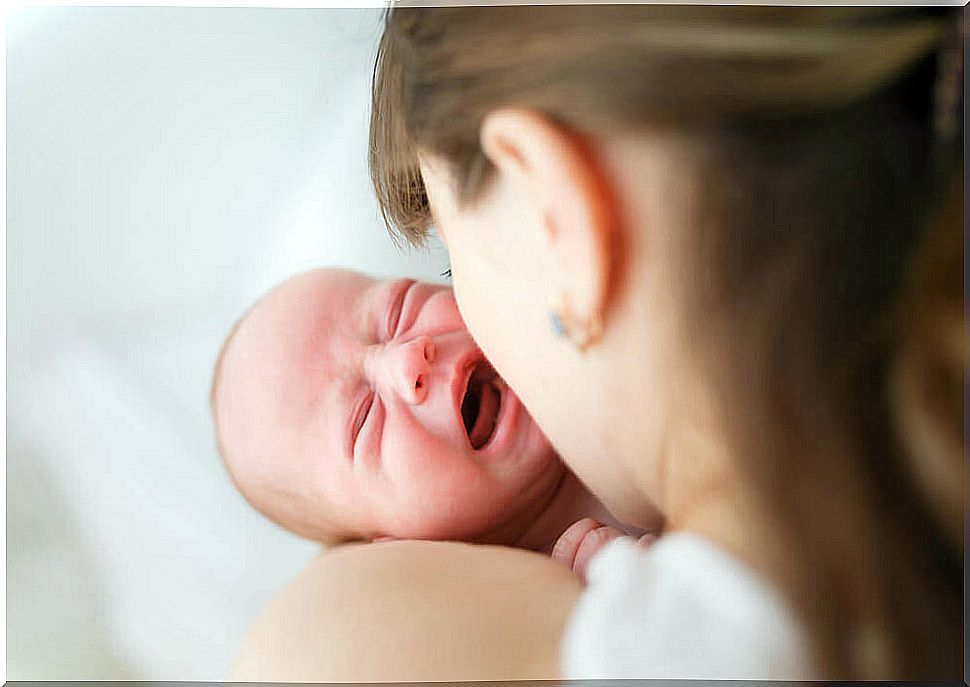
In the case of shaking trauma, there are usually no external, visible injuries to the baby’s body. Occasionally, facial injuries can occur. The injuries are also not always immediate. They can develop gradually, depending on the region of the brain affected.
Some signs and symptoms of infant shock trauma include:
- Extreme irritability
- Stiff limbs
- Pale or bluish skin color
- Epileptic seizures
- Signs of paralysis
- Difficulty breathing
- sleepiness
- Loss of appetite
- Dilated pupils
- Bleeding in the retina
- Low muscle tension
- Vomit
In a mild case of shaking trauma, there are usually no warning signals whatsoever. However, the child may have health problems or behavioral problems later on.
Complications
Violent shaking of an infant, no matter how briefly, can lead to irreversible brain damage.
Many children mistreated in this way even die as a result of shaking trauma. And those who survive need medical attention. This is the only way to prevent complications such as the following:
- Visual disturbances or blindness
- Mental developmental disorders as well as learning and behavior problems
- Physical or mental disabilities
- Seizures
- Cerebral palsy
How can you prevent shaking trauma?
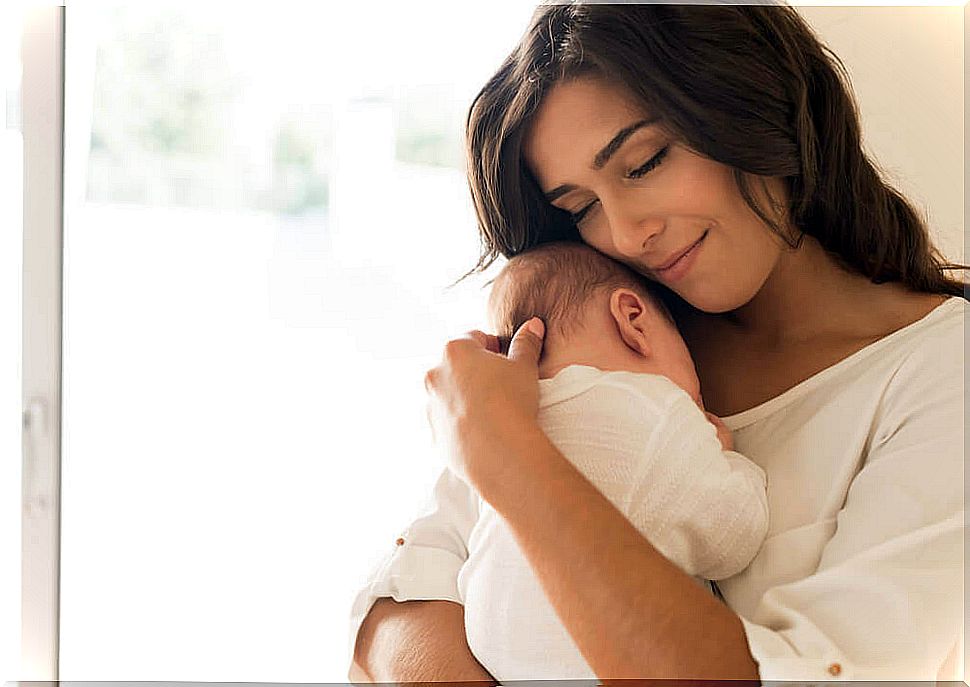
The best thing, of course, is: Don’t let it get to the point that as a parent you have such a violent reaction to the baby. There are offers for this, such as training for first-time parents.
These seminars will help you understand why shaking a baby is so dangerous. They also show inexperienced mothers and fathers what to do when the infant is crying and screaming.
Many parents shake their baby because they do not know why the baby is crying and they cannot calm it down. In addition , they are usually in no way aware of the serious consequences of this shaking.
There are also other types of help, such as therapies with mental health specialists. Because psychologists or psychiatrists can convey different strategies with which one can counter negative feelings and stress around parenthood.
Advice on how to calm your crying baby:
- First, you should check if your baby is hungry. And if so, silence it.
- Cool off if the little one is too hot. Or warm it up when he’s cold.
- And check the diaper. Maybe it’s time to change these.
- You should also take the baby’s temperature. Or look for other signs of illness.
- Feed the baby slowly. And then let it grow a little.
- Rock the baby to sleep.
- In addition, it often helps to take the little one for a walk in the stroller.
None of this works? Then you should still try to stay calm. Breath deep. It’s best to put the baby in their crib or playpen. And wait to see if it calms down on its own.
In this case, it may also be a good idea to seek advice and help from a family member or friend. And if the baby really doesn’t stop crying, the best thing to do is to see a doctor. Because your little one may be sick.
Conclusion
In summary, the following can be said: A shaking trauma is the result of violent shaking of the baby.
Usually it occurs in a situation where the parents are overwhelmed. They are frustrated, desperate, or angry because the infant is crying all the time.
Often times, symptoms of shaking trauma are not immediate. However , it can lead to serious health consequences and brain injuries to the child.

